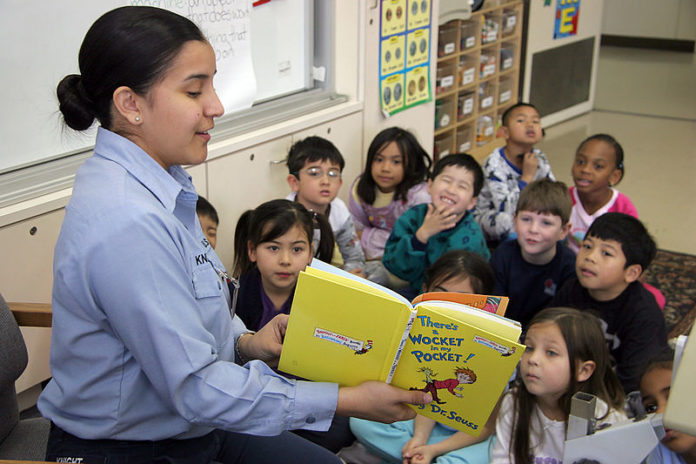Minnesota students’ poor showings on the MCA scores in 2016 is a long standing problem that has serious implications for the state’s business climate.
In Minneapolis, less than 50 percent of students in the public schools were proficient in each of the three subjects, reading, math, and science.
For three years in a row, 60% or less of all high school sophomores in Minnesota are reading at or above grade level,” Devin Foley, President of Intellectual Takeout said, “In Minneapolis, the district spends over $21,000 per student and only 32% of high school sophomores are reading at or above grade level.”
Foley says schools have trouble working with families from broken homes. There’s only so much people can expect from the school system, and there needs to be a culture of accountability at home as well, not just in schools according to Foley.
The inability of students to fulfill expected reading levels could have a huge negative impact on their ability to find a job upon graduation.
“25-30% of students in Minneapolis and St. Paul are reading and doing math at grade level, and yet we’re graduating, depending on the district, 70 percent of the students,” Jim Bartholomew, the Education Policy Director at the Minnesota Business Partnership said.
He noted in today’s global economy, there are very few jobs that don’t require a certain level of reading. The days of a car mechanic who can open the hood of a car and figure out what is wrong are gone, replaced by computer diagnostics tests.
Not only are students as a whole failing to meet expectations, there’s a huge gap in scores between white students and their minority peers. The achievement gap is even worse in Minneapolis, where white students outperform their demographic statewide and African American students underperform their demographic across Minnesota. Only 22 percent of African American students in Minneapolis Public Schools are proficient in reading, compared with 77 percent of white students.
“There’s a significant number of students that come from other countries and cultures where education is not stressed as highly,” Katherine Kersten, a writer for the Star Tribune and The Center of the American Experiment said.
Kersten puts much of the blame for the Twin Cities low scores on the behavioral standards of the public school system. She says there’s been a normalization of emotionally and behaviorally challenged students, which places additional burdens on teachers who may not be equipped to deal with such situations.
Bartholomew thinks there’s simply a failure in the public schools to adapt to a more heterogeneous student body in the Twin Cities over the past 25 years.
“We need to recognize that we’ve had success educating white students, but we haven’t figured out how to help our kids of color perform at that same level,” Bartholomew said, “We were 6 percent kids of color, today we’re nearing 30 percent and that’s only getting larger.”
Both Bartholomew and Kersten exercised cautious optimism that solutions were out there already though. Kersten pointed to the clear expectations laid out by charter schools in regards to academic and behavioral standards, while Bartholomew was more focused on the faculty structure of the same schools. The staff of a school all need to be committed to their students’ success in order for the school to meet its mission according to Bartholomew, but there are certain sticking points when it comes to implementing that in public schools.
“District schools often times have contracts that restrict the movement of teachers from school to school or the ability of districts to pay teachers to work more at this school then at another school,” Bartholomew said.
“We’ve got answers, it’s just how quickly can we help those answers get around to more schools,” he added.
Spokespeople for the Minneapolis and St. Paul public school districts did not reply to Alpha News’ requests for comment.

















